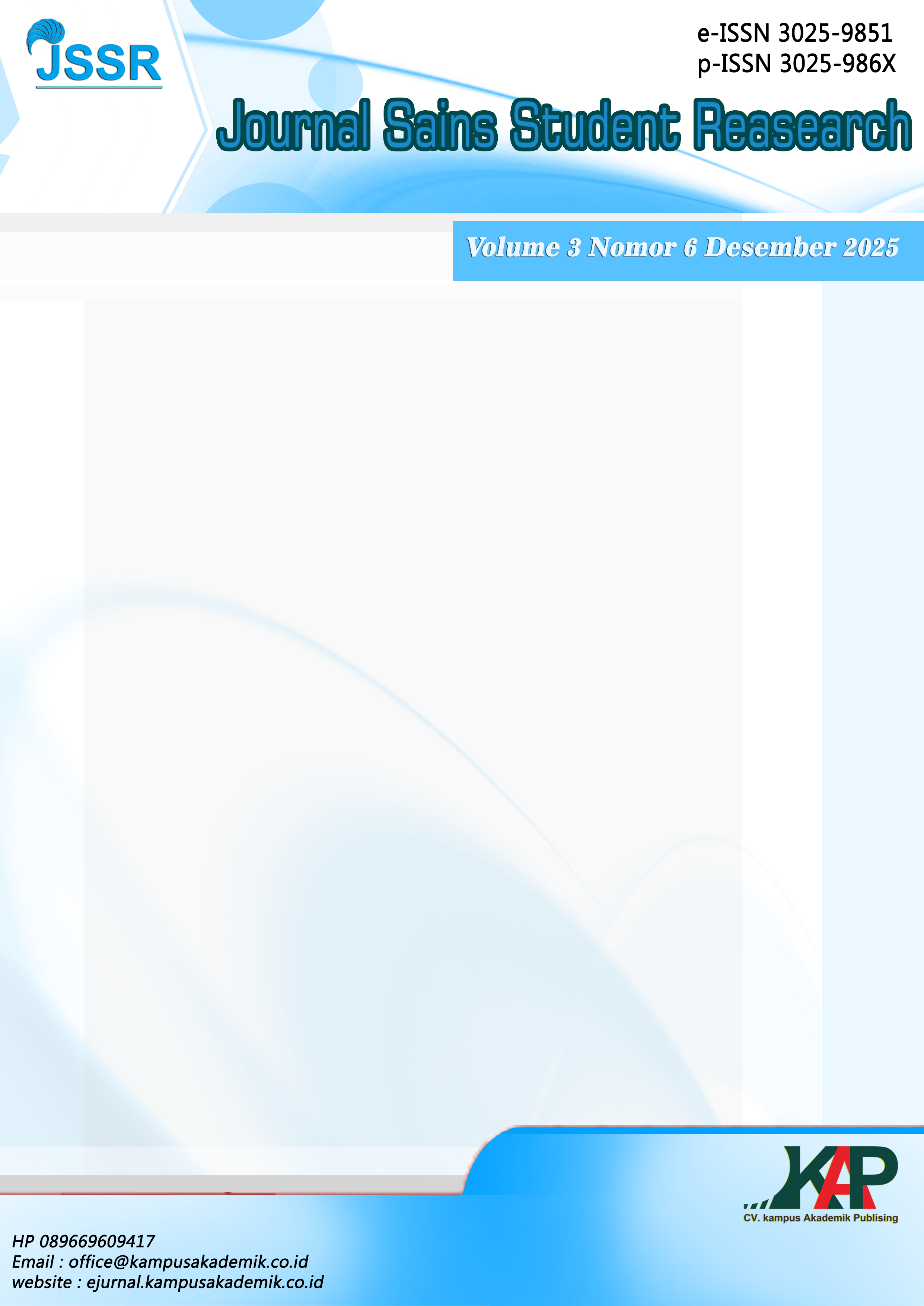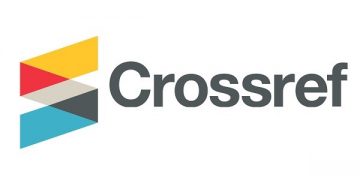EFEKTIVITAS PENERAPAN ATRAUMATIC CARE DENGAN MEDICAL PLAY DAN BERMAIN JENGA TERHADAP PENURUNAN KECEMASAN ANAK USIA 3-6 TAHUN SELAMA HOSPITALISASI DI RUMAH SAKIT HORAS INSANI PEMATANG SIANTAR
DOI:
https://doi.org/10.61722/jssr.v3i6.6215Keywords:
Children, Preschool, Medical Play, JengaAbstract
Children are unique beings with different needs at each stage of their development. Therefore, parents need to understand the importance of providing facilities to support their growth and development. Children aged 3-6 years are in the preschool stage of development. During this period, children view illness as a punishment. Therefore, when a child is sick and hospitalized, it is the first crisis that must be understood by the child and can cause stress in the child. Hospitalization of children is a stressful experience, both for children and parents. The type of research used in this study is quantitative research. This type of research uses a quasi-experimental design with a two-group pre- and post-test. The purpose of this study is to analyze the differences in the effectiveness of Jenga play therapy and medical play therapy. The population in this study was all pediatric patients aged 3-6 years old treated in the Bougenvil and Teratai rooms on the 2nd floor of Horas Insani Hospital, Pematang Siantar, with an average of 35 patients in 3 months from October to December 2022. The sampling technique in this study was total sampling. There were 17 respondents in the Medical Play Group and 17 respondents in the Jenga Play Group. The instrument used in this study was a questionnaire. The data collection tool for anxiety in children used a modified Spence Children Anxiety Scale (SCAS) questionnaire for preschool-aged children. The questionnaire was completed by parents, including fathers, mothers, and caregivers who understood the child's condition. The Spence Children Anxiety Scale (SCAS) questionnaire, adopted from Ilmiasih (2012), consists of 26 questions and has been tested for validity and reliability by the researcher. The conclusion is that there is an effect of Medical Play on anxiety levels after the intervention through a Paired T-Test with a p-value of 0.000, and there is an effect of Jenga play on anxiety levels after the intervention through a Wilcoxon statistical test with a p-value of >0.000.
References
Badan Pusat Statistik (BPS). (2020). Statistik Indonesia 2020. Jakarta: Badan Pusat Statistik Indonesia.
Carla, N. (2017). Pengaruh Penerapan Atraumatic Care: Medical Play Terhadap Respon Kecemasan Anak Usia Prasekolah Yang Hospitalisasi Di Ruang Rawat Inap Anak RSUD Dr. M. Zein Painan Tahun 2017. Repository Universitas Andalas.
Dayani, N.E.E., Budiarti, L. Y., & Lestari, D. R. (2015). Terapi Bermain Clay Terhadap Kecemasan Pada Anak Usia Prasekolah (3-6 Tahun) Yang Menjalani Hospitalisasi Di RSUD Banjarbaru. Dunia Keperawatan: Jurnal Keperawatan dan Kesehatan, 3(2), 1-15.
Dewi, D. A. (2018). Pengaruh Terapi Bermain Plastisin Terhadap Penurunan Kecemasan Akibat Hospitalisasi Pada Anak Usia Prasekolah (3-6 Tahun). Skripsi Ilmu Keperawatan.
Kementerian Pemberdayaan Perempuan dan Perlindungan Anak (KPPA) dengan Badan Pusat Statistik (BPS). (2019). Profil Anak Indonesia 2019. Jakarta: Kementerian Pemberdayaan Perempuan dan Perlindungan Anak (KPPPA).
Nafisah, A.D., Pranoto, Y.K.S., & Maronta, Y. (2022). Teori dan Praktik Bermain Untuk Anak Usia Dini. Surabaya: Cipta Media Nusantara (CMN)
Nurmashitah, & Purnama, A. (2018). Penerapan Atraumatic Care dengan Medical Play terhadap Respon Kecemasan Anak Usia Prasekolah yang mengalami Hospitalisasi di Ruang Rawat Inap Anak. Jurnal Ilmiah Ilmu Keperawatan Indonesia, 8(04), 516-521.
Oktiawati, A., Khodijah, Setyaningrum, I., & Dewi, R.C. (2017). Teori dan Konsep Keperawatan Pediatrik: Dilengkapi Dengan Format Penilaian Laboratorium. Jakarta: Trans Info Media.
Saidah, H., & Saptiyanty, Y. (2019). Perbedaan Efektivitas Pemberian Origami Dan Playdough Terhadap Perkembangan Pada Anak Prasekolah Kelompok A Di Tk Aisyiyah Bustanul Athfal Kota Kediri. Jurnal Ilmu Kesehatan MAKIA, 8(1), 29-46.
Saputro, H., & Fazrin, I. (2017). Anak Sakit Wajib Bermain di Rumah Sakit, Penerapan Terapi Bermain Anak Sakit, Proses, Manfaat, dan Pelaksanaannya. Ponorogo: Forum ilmiah Kesehatan.
Stuart, G.W. (2016). Prinsip dan Praktik Keperawatan Kesehatan Jiwa, Edisi 2. Indonesia: Elsevier.
Sulistyawati, P. D. (2023). Penerapan Evidence Based Nursing Terapi Bermain Dokter-Dokteran (Medical Play) Untuk Mengatasi Kecemasan Akibat Hospitalisasi Pada Anak Prasekolah. Repository Universitas Pembangunan Nasional Veteran, Jakarta.
Tamara, L., & Hasibuan, M.T.D. (2023). Pengaruh Terapi Bermain Jenga Terhadap Penurunan Kecemasan Pada Anak Usia Prasekolah (4-6 Tahun) Akibat Hospitalisasi Di Murni Teguh Memorial Hospital. Indonesian Trust Nursing Journal, 1(1), 37-42.
Tambunan, D.M., & Marbun, N. (2023). Patients who will have an angiography or cateterization procedure: Anxiety factors. Science Midwifery, 11(2), 301-308.
Wong, D.L. (2009). Buku Ajar Keperawatan Pediatrik Wong (Wongs Essentials of Pediatric Nursing). Volume 1. Jakarta: EGC
Downloads
Published
Issue
Section
License
Copyright (c) 2025 JOURNAL SAINS STUDENT RESEARCH

This work is licensed under a Creative Commons Attribution-ShareAlike 4.0 International License.













